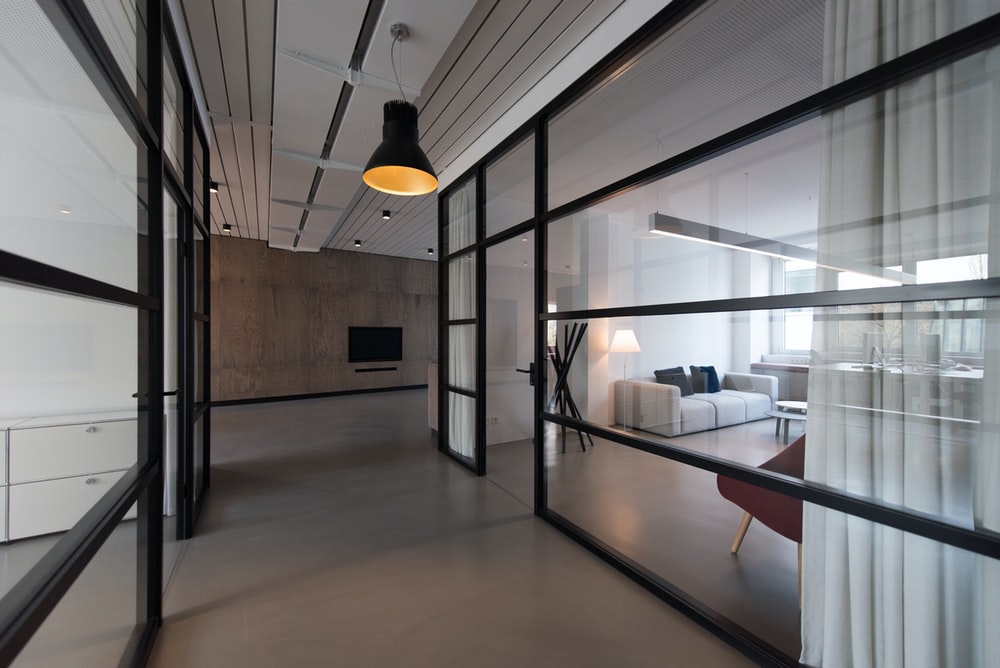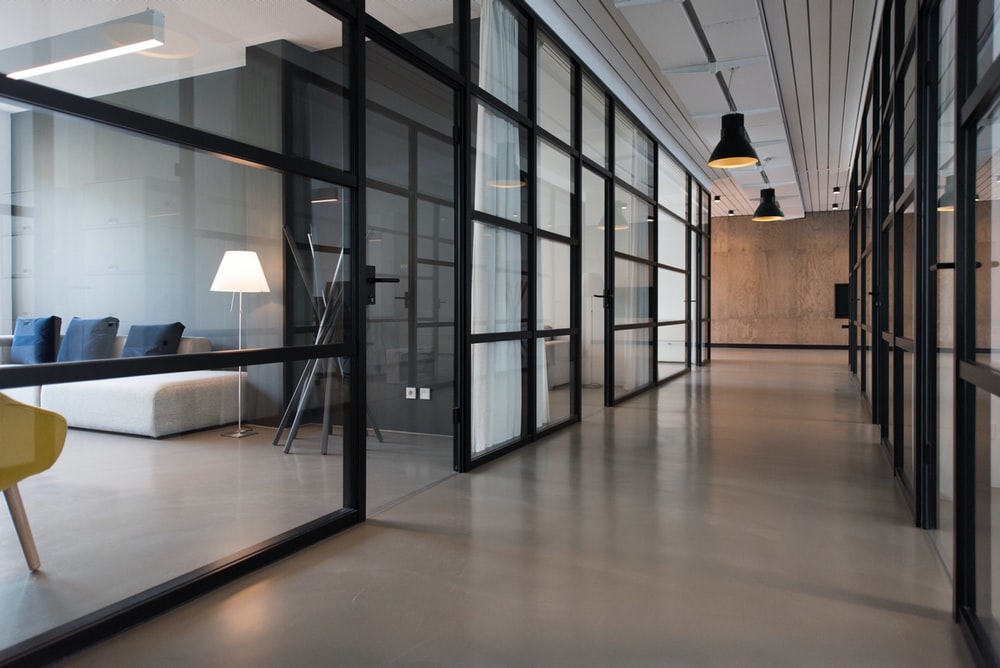Readability is one of the key factors that determine the readability of a site’s content. This indicator also directly affects the length of time users stay on the site, which is one of the key parameters that search engines are guided by when ranking search results.
Readability is not directly related to the factors that affect the position of a resource in the search results. But Google takes into account the behaviour of visitors and the length of their stay on the site. This parameter directly depends on readability. If the readability of the page is poor, then people quickly leave it. The situation will change if you work with content.

Behavioral factors include:
- the duration of a person’s stay on the resource;
- page scroll depth;
- failure rates;
- social factors.
To bring a resource to the top of the issue, it is necessary to work out all the listed parameters. For now, let’s take a closer look at the bounce rate. Below we will analyze ways to reduce it.
Using images
Multimedia helps to segment content into blocks. Improves the structure of the text on the page. Images dilute the monotony of information and attract the attention of users.
But it is important to remember that all images and videos must be relevant to the theme of the site and be of high quality. When downloading images from the Internet, you must indicate the source. It is better to look for them in photo banks, where there is no need to emphasize authorship on the images.

- Second: highlighting the heading and subheadings
They help structure the text. Subheadings serve as convenient reference points for visitors. The search engine pays attention to them. When compiling them, you can use the keys from the SL. Highlight headings with h1–h6 tags:
Readability
When forming headings and subheadings, it is imperative to observe priority and hierarchy. That is, we highlight the topic with the h1 tag, sections in the texts – h2, inside them we call the blocks h3, and already in them separate segments – h4, etc.
Design the lists correctly
These elements help structure the text. They make it more readable. Lists also help:
- grab the reader’s attention;
- focus on key points;
- improve the assimilation of information.
They are labelled and numbered. The number of them in the text depends on the volume, but it is important not to overdo it. When compiling content, you need to alternate between plain text and lists. At the same time, it is important to ensure that they look organic.
Use the right fonts
The best option for web pages is sans-serif fonts. They are characterized by the correct geometry and clarity of lines, which improves the readability of information. These fonts include:
- Calibri (English);
- Verdana;
- Ariel, etc.
If you don’t know which font to choose and want to compare them, then you can do it using the webfont-test.com service.
Attention! When writing texts, it is not recommended to highlight phrases, words or headings in capital letters. Such an emphasis should attract the attention of visitors, but it works differently – it makes them want to leave the site.
Number of words per line
The optimal indicator is 9-12. With this number of words, the number of characters varies between 50–80. If the sentence contains more words, then they become more difficult to detect and understand.
One more thing is not required: the text rhythm parameter. To be successful, they came in and found information easily by trying to alternate between long and deep sentences. However, in this case, it is desirable to provide information in a concise, concise manner.
To sum up, once again we remind you that readability should not be underestimated. Poor readability can cause infection for site visitors. To prevent this from happening, when discovering pages, it is necessary to take into account the convenience of information for perception. What exactly are the factors that increase readability, we have described in this article.




